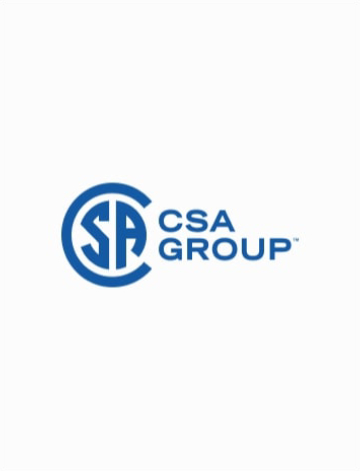Preface
This new edition of CSA Standard B44, Safety Code for Elevators, supersedes previous editions published in 1938, 1960, 1966, 1971, and 1975.
The Standard was originally prepared to meet a desire for uniform legislation throughout the various provinces and to replace the legislation previously existing in Canada which had proved inadequate in view of the then prevailing elevator practices. Its primary purpose is to provide reasonable safety for those persons who come in contact with elevators, dumbwaiters, escalators, moving walks, and freight platform lifts by establishing minimum standards for design, installation, and maintenance and for adoption by regulatory authorities throughout Canada. It is also intended as a standard reference for the use of architects, consulting engineers, elevator manufacturers, and owners.
ln this sixth edition, some of the design data and formulas which composed Section 11 in the 1975 edition have been incorporated in Sections 3 and 4, where they are deemed to be applicable requirements. The remainder, which are considered to be only recommendations, have been placed in the new Appendix G. The new Section 11 is now devoted to engineering tests, types tests, and certification. It includes the engineering tests for door locking systems previously covered in Clause 9.3.
Appendix D (Removable, Attachable, Material Lifts) has been deleted, and what was Appendix F (Freight Platform Lifts) has been incorporated as the new Section 15. This Standard has been prepared by the Technical Committee on Elevator Safety Code under the jurisdiction of the Standards Steering Committee on Lifting, Hoisting and Related Devices, and was formally approved by these Committees. It has been approved as a National Standard of Canada by the Standards Council of Canada.
In the preparation of this sixth edition, the American National Standard Safety Code for Elevators, Dumbwaiters, Escalators and Moving Walks (ANSI/ASME A17.1), and changes thereto, have been carefully studied and grateful acknowledgement is given to this organization for the material used.
Scope
This Standard establishes minimum requirements for the design, construction, installation, operation, inspection, testing, maintenance, alteration, and repair of elevators, dumbwaiters, escalators, moving walks, freight platform lifts, and their hoistways or wellways, and temporary use of permanent elevators for carrying workmen or materials, but does not apply to:
(a) belt, bucket, scoop, roller or similar type conveyors;
(b) portable tiering or piling machines used to move materials to and from storage and located and operating entirely within one storey;
(c) equipment for feeding or positioning materials at machine tools, printing presses, furnaces, etc.;
(d) hoists for raising or lowering materials and which are provided with unguided hooks, slings, and similar means for attachment to the materials;
(e) lubrication hoists or similar mechanisms;
(f) wharf ramps;
(g) amusement devices;
(h) stage and orchestra lifts;
(i) lift bridges;
(j) railroad car lifts or dumpers;
(k) material hoists and workmen’s elevators used to raise and lower building material and workmen in buildings under construction;
(l) manlifts, counterbalanced type or endless belt type;
(m) devices having a travel of 2000 mm or less and used only for the transfer of materials or equipment, nor to platform lifts having a travel of 500 mm or less;
(n) vertical conveyors;
(o) elevating devices for the handicapped.
Notes:
(1) See Appendix A for private residence elevators and inclined lifts.
(2) Appendix E covers recommended requirements for the handicapped when they are to be incorporated in elevators.
1.2 Exceptions
1.2.1
Where a requirement cannot be complied with literally because of practical difficulty or where its literal application would cause undue hardship, the regulatory authority may grant exceptions but only when it is clearly evident that reasonable safety is assured.
1.2.2
The regulatory authority may also grant exceptions or permit alternate methods where it is assured that equivalent objectives can be achieved by establishing and maintaining effective safety.

